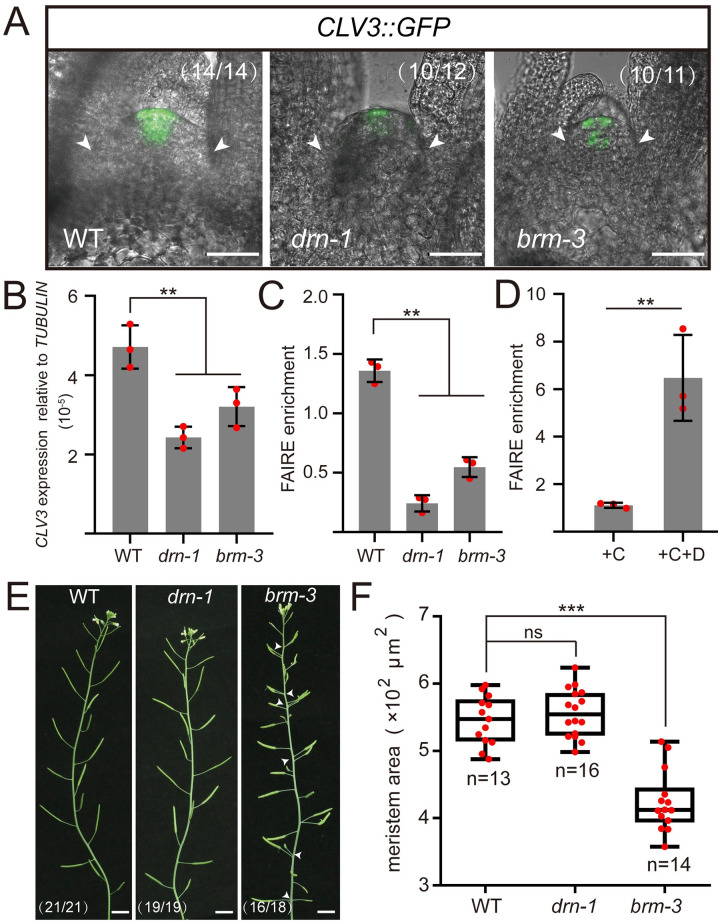Fig 4. BRM contributes to CLV3 expression and SAM maintenance.
(A) CLV3 expression was checked in WT, drn-1, and brm-3 introduced with CLV3::GFP, using 14-day-old seedlings. The white arrows indicate the boundaries of SAMs. Scale bars, 50 μm. Two independent experiments were performed with similar results. (B) qRT-PCR was applied to test the relative CLV3 transcript levels of drn-1 and brm-3 compared with WT, using 14-day-old seedlings. Two independent experiments were performed with similar results. (C) DNA accessibility at the CLV3 locus was evaluated by FAIRE experiments in WT, drn-1, and brm-3, using 10-day-old seedlings. The ratio of FAIRE enrichment at the CLV3 promoter (WUS-binding site −1,080) was normalized to the Ta3 retrotransposon. Two independent experiments were performed with similar results. (D) DNA accessibility at the CLV3 locus (WUS-binding site −1,080) was checked by FAIRE assays in 35S::DRN-GR/WT after DEX treatment, using 10-day-old seedlings. The ratio of FAIRE enrichment at the CLV3 promoter (WUS-binding site −1,080) was normalized to the Ta3 retrotransposon. +C, cycloheximide; +D, dexamethasone. Two independent experiments were performed with similar results. (E) The inflorescences of WT, drn-1, and brm-3 are shown. The white arrows indicate phyllotaxy defects. Scale bars, 1 cm. (F) The areas of SAMs in A were measured by image J and statistically analyzed. Black bars, highest and lowest values; box, median 50%; black line in the box, median. Two independent experiments were performed with similar results. ***P < 0.001; **P < 0.01; ns, no significant difference; Student’s t test in B, C, D, and F. Data represent means ± SDs from 3 biological replicates in B, C, and D. The data underlying this figure can be found in S1 Data. DEX, dexamethasone; FAIRE, formaldehyde-assisted isolation of regulatory elements; SAM, shoot apical meristem.

